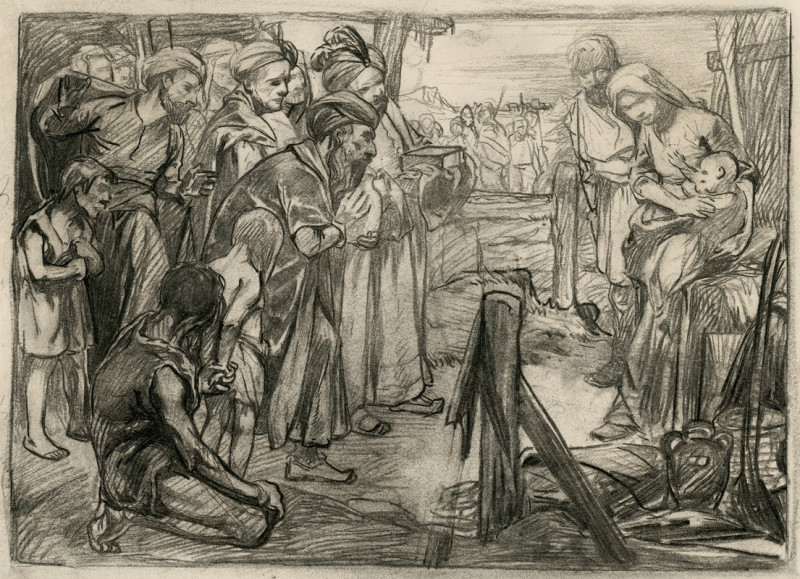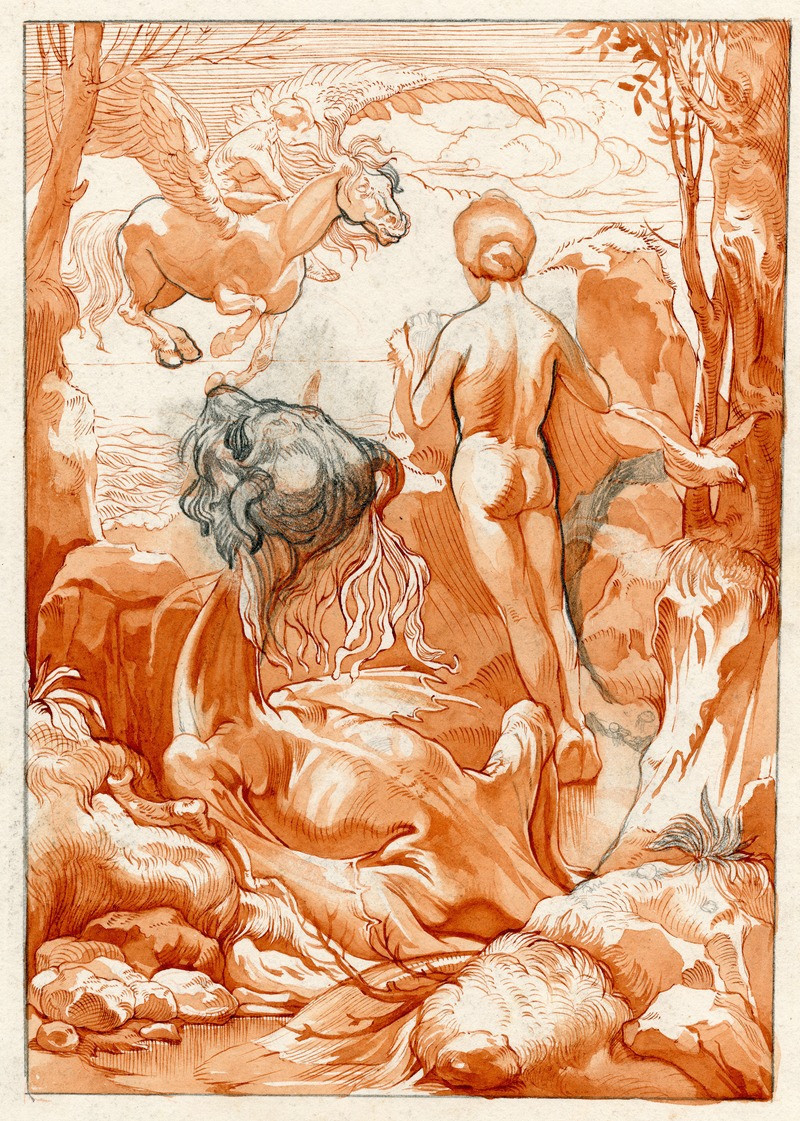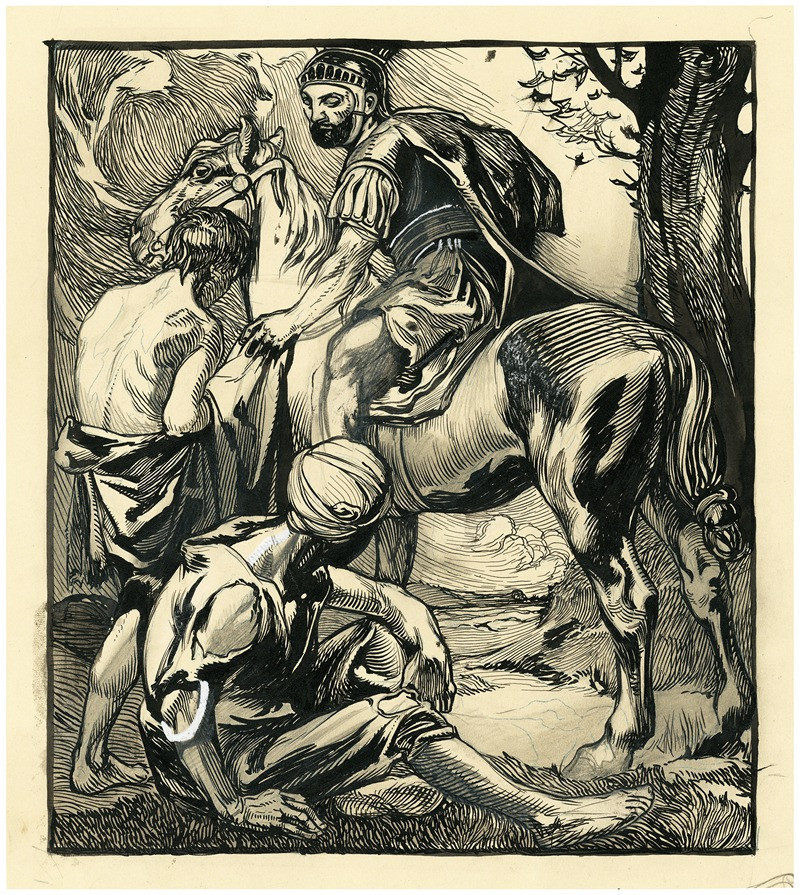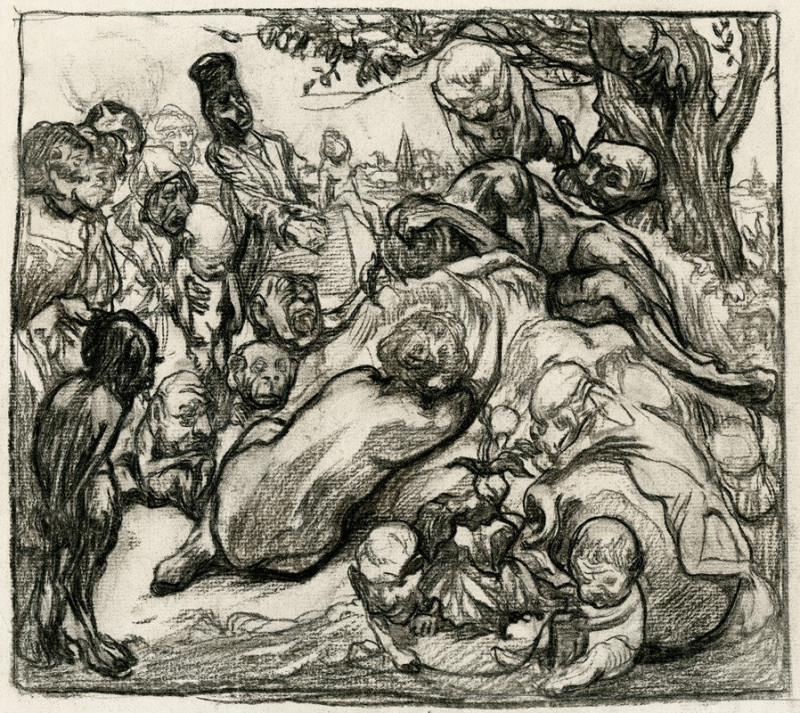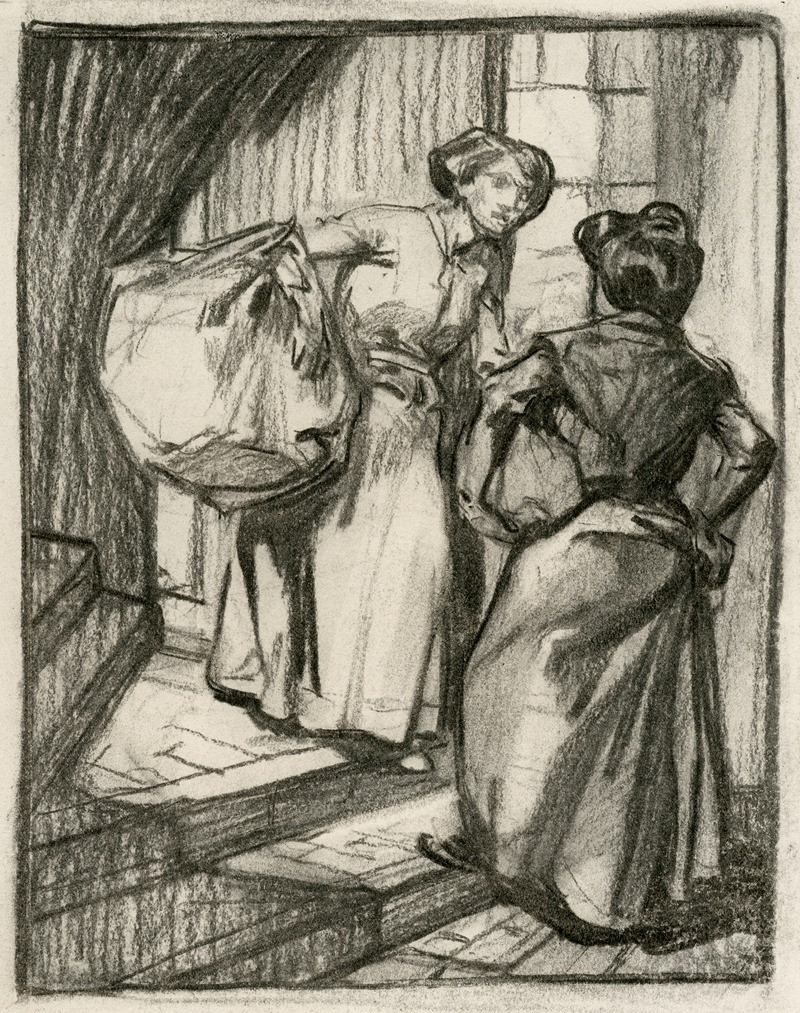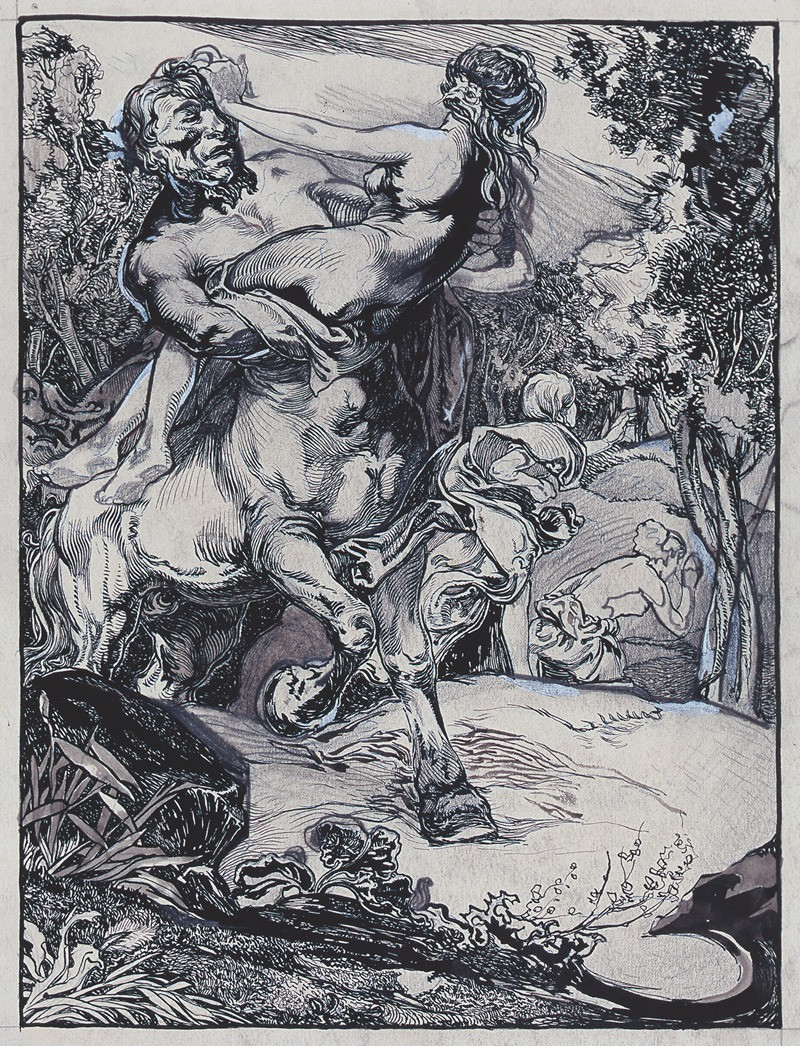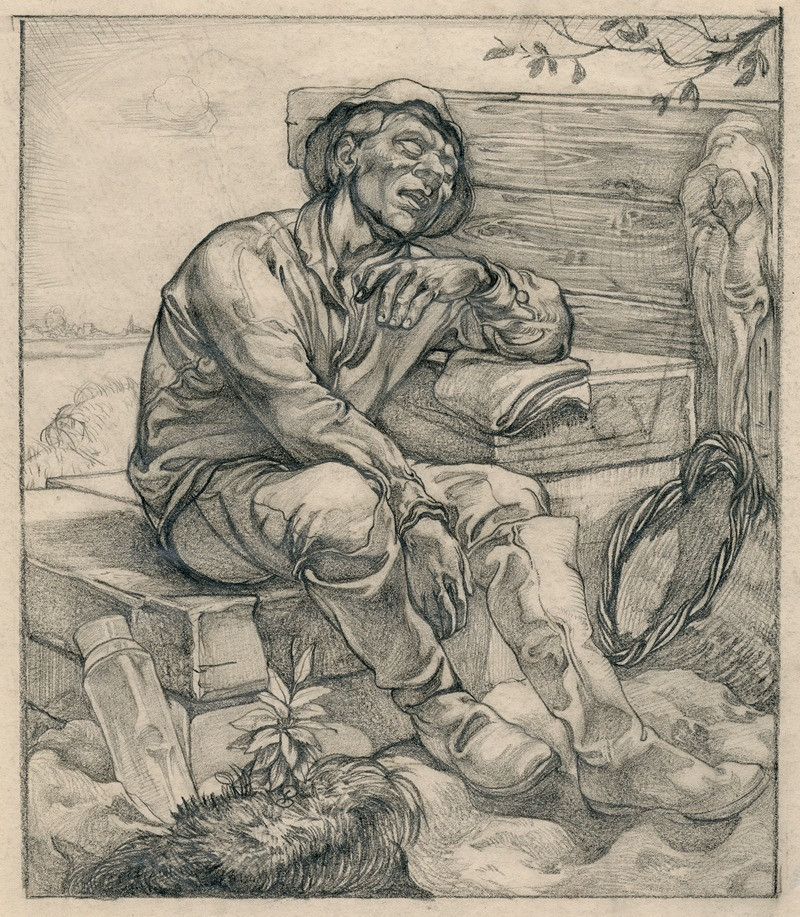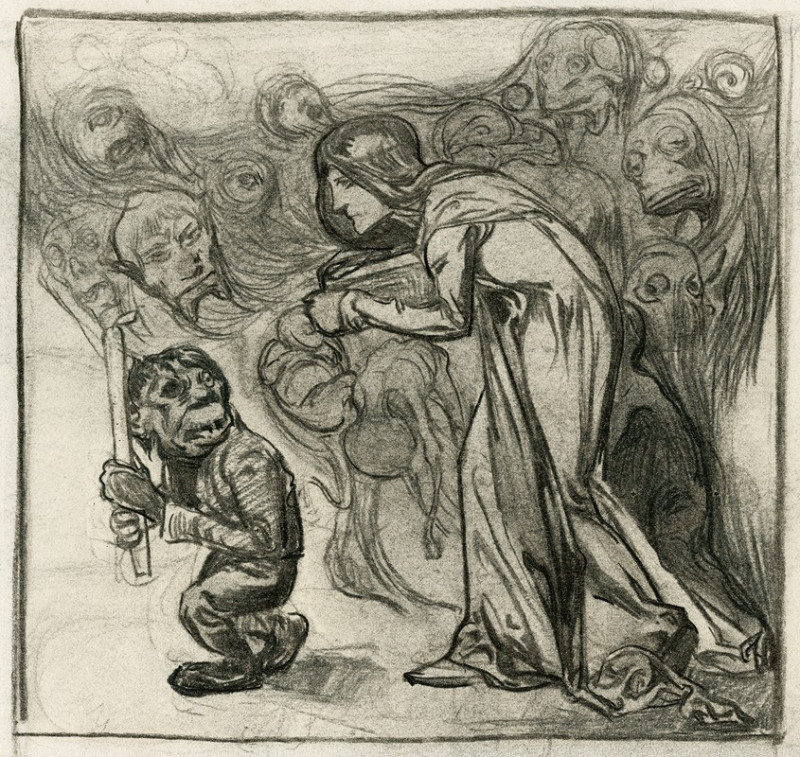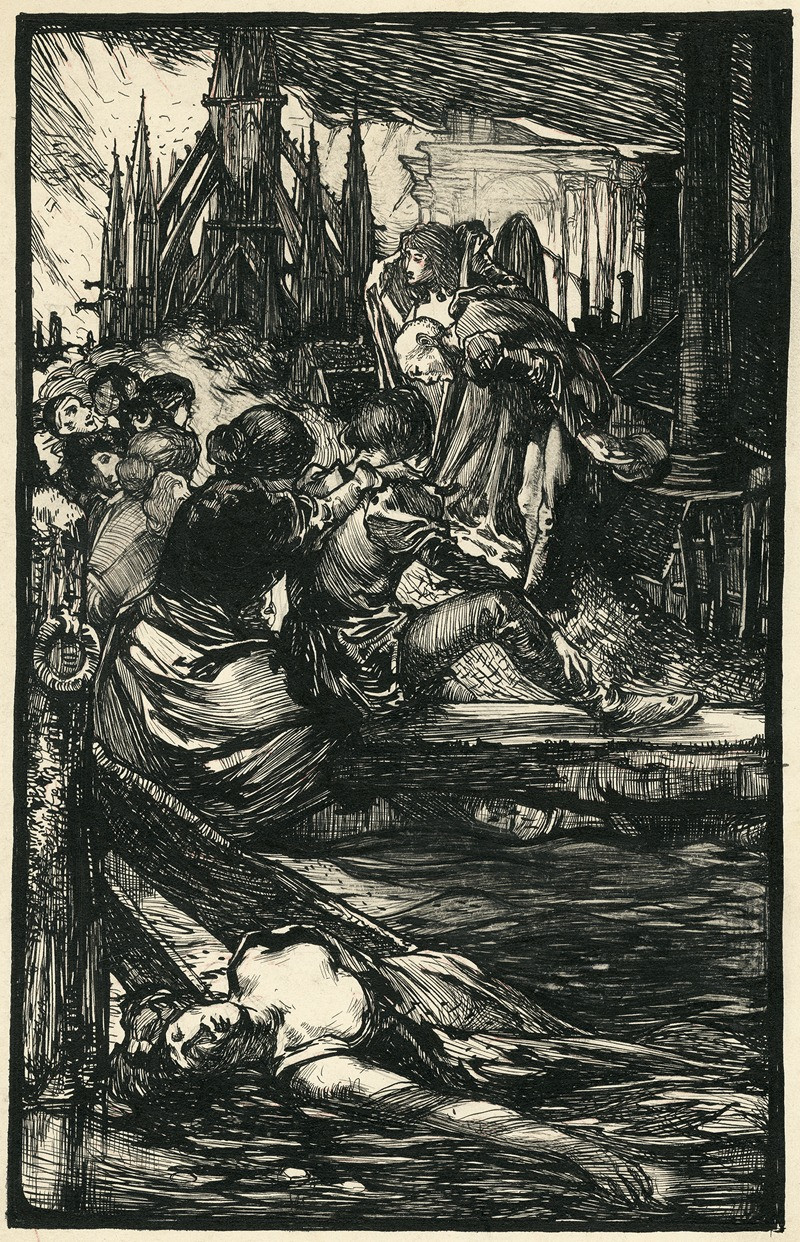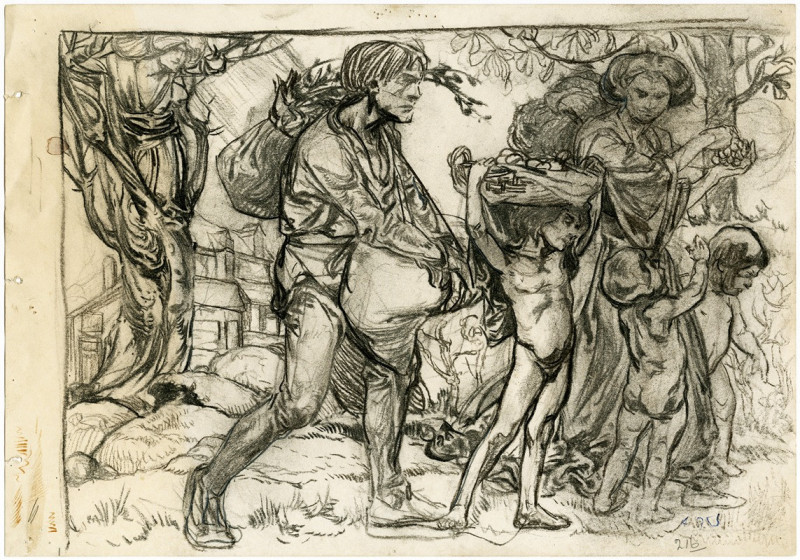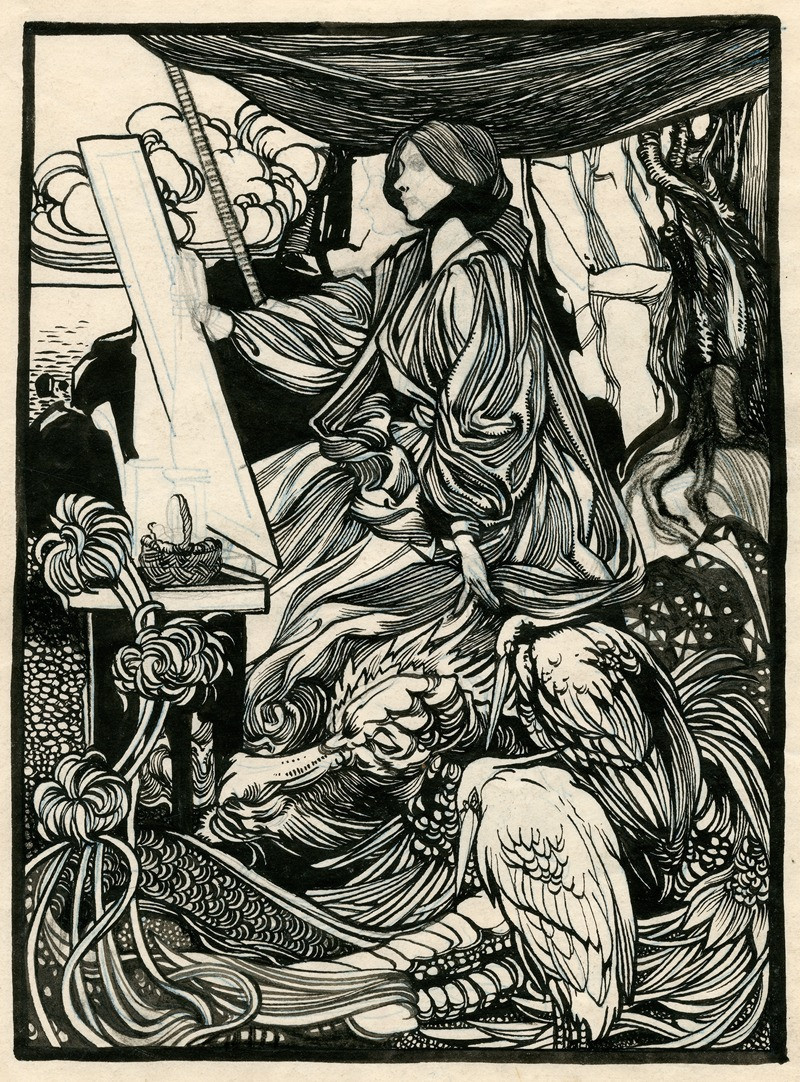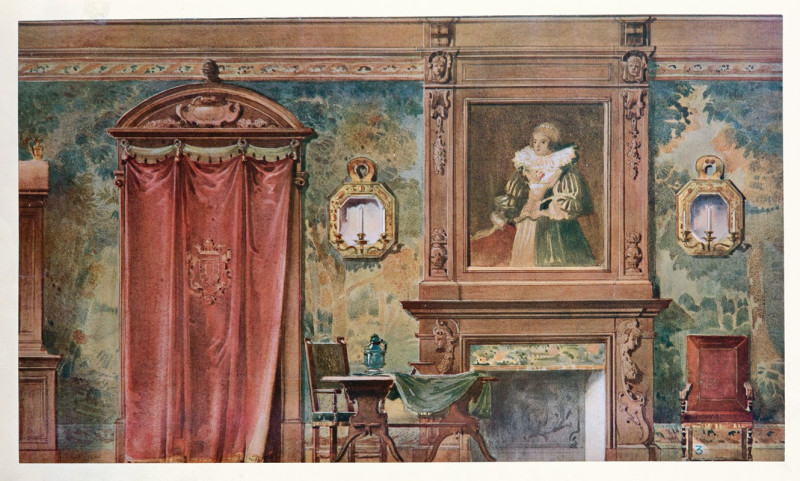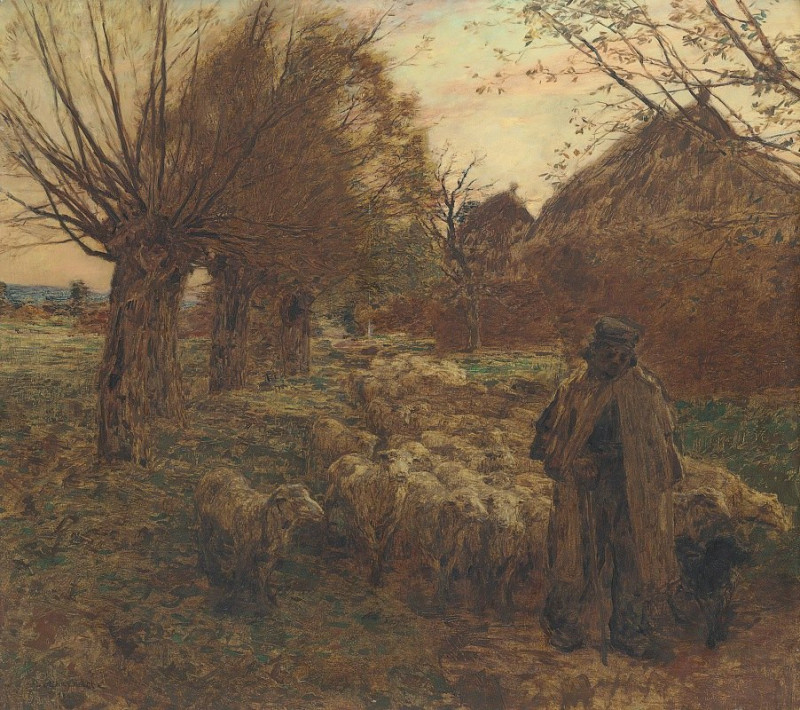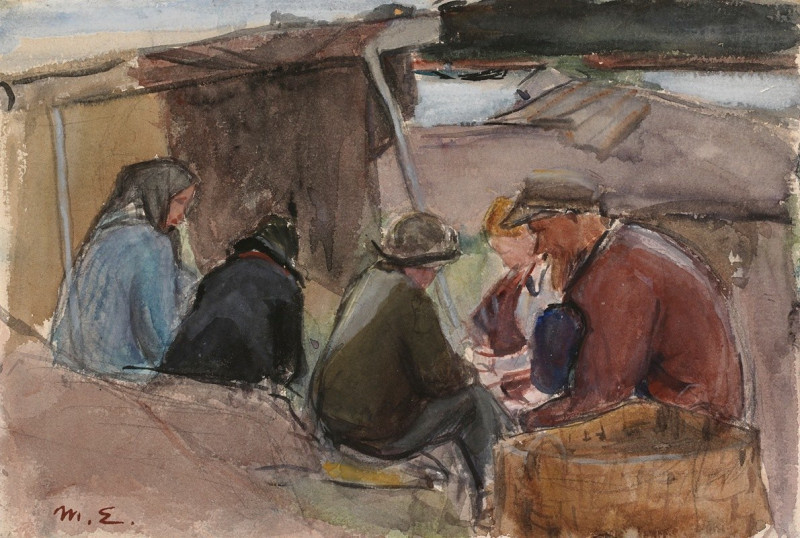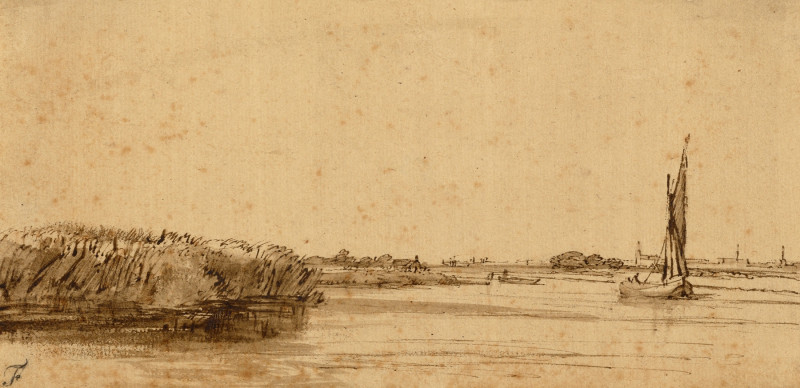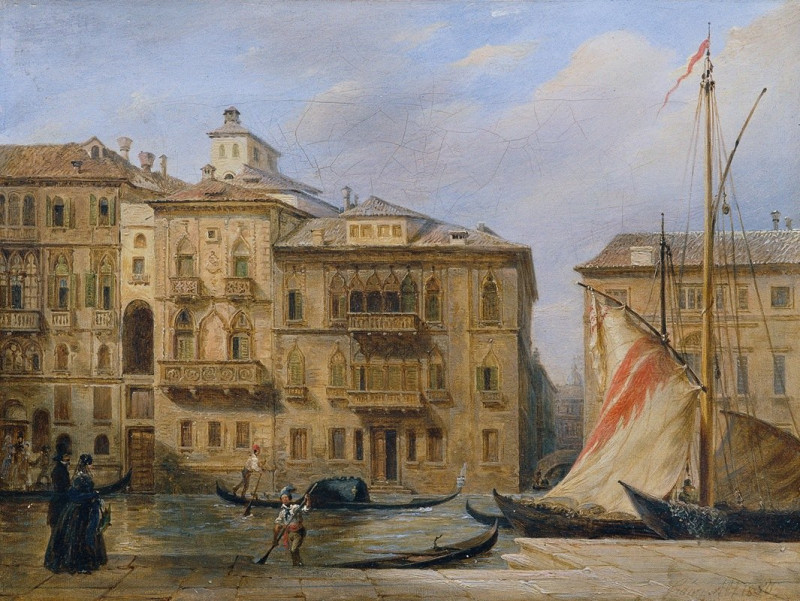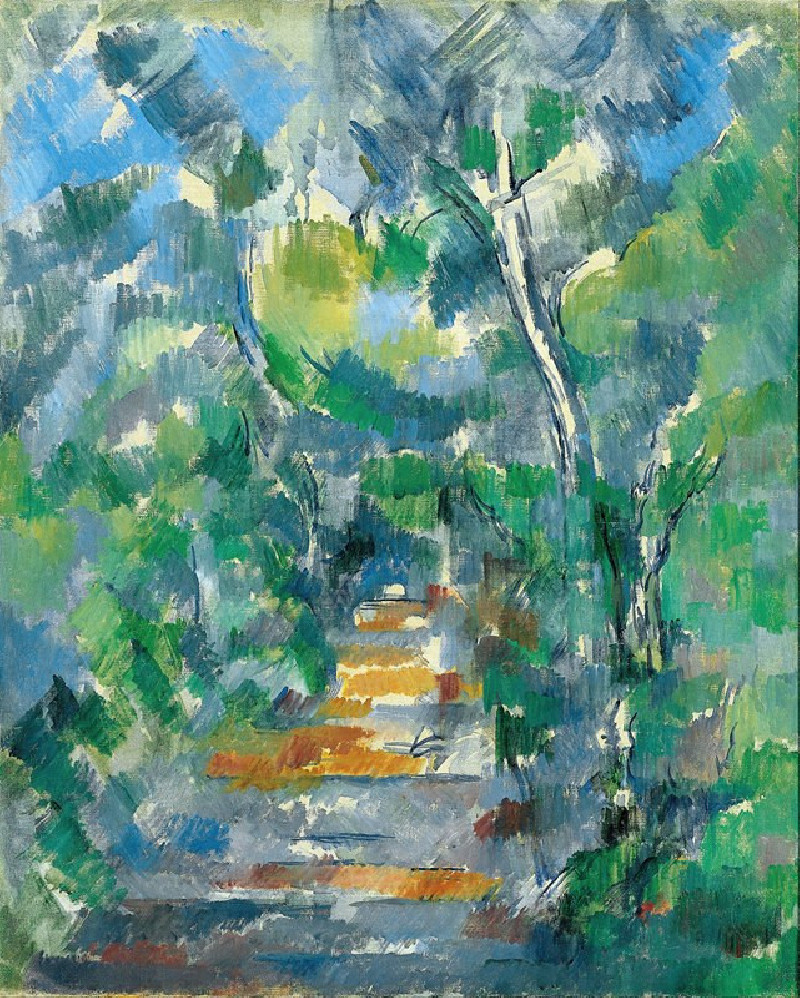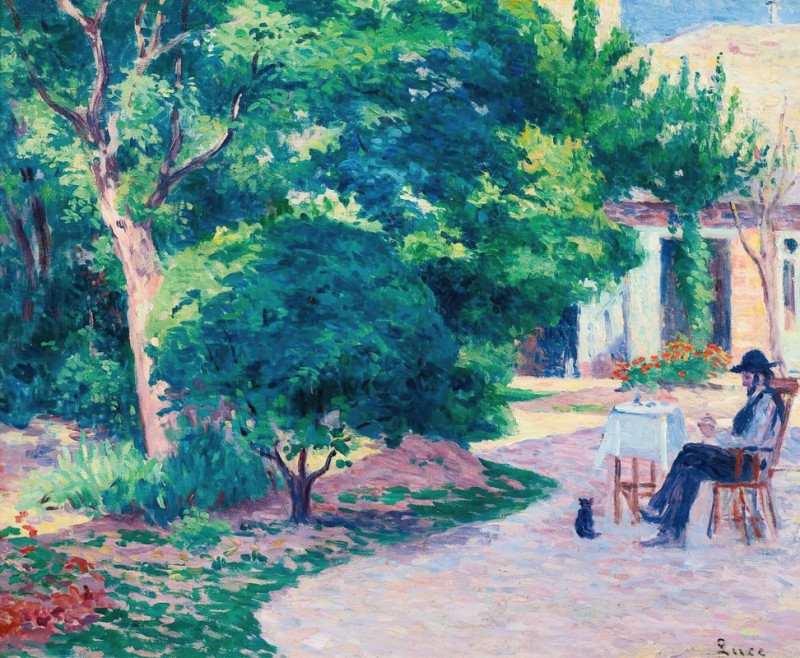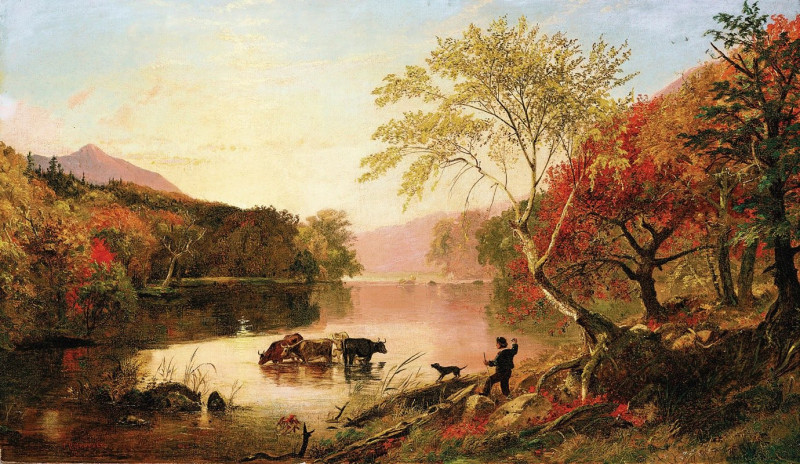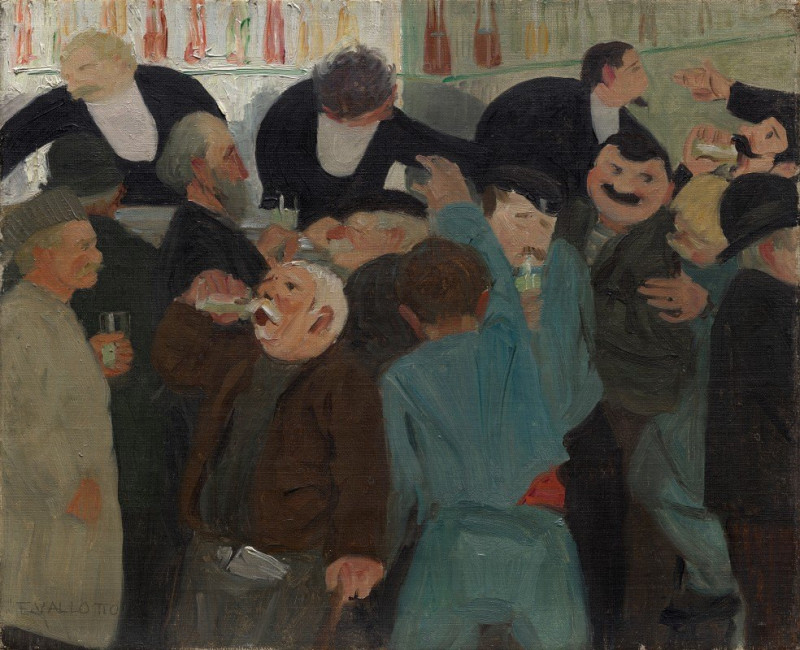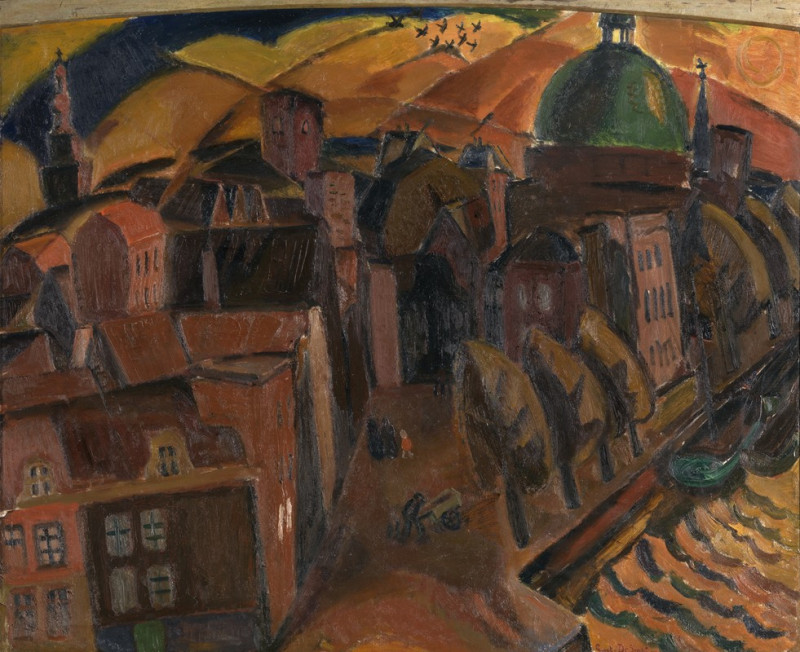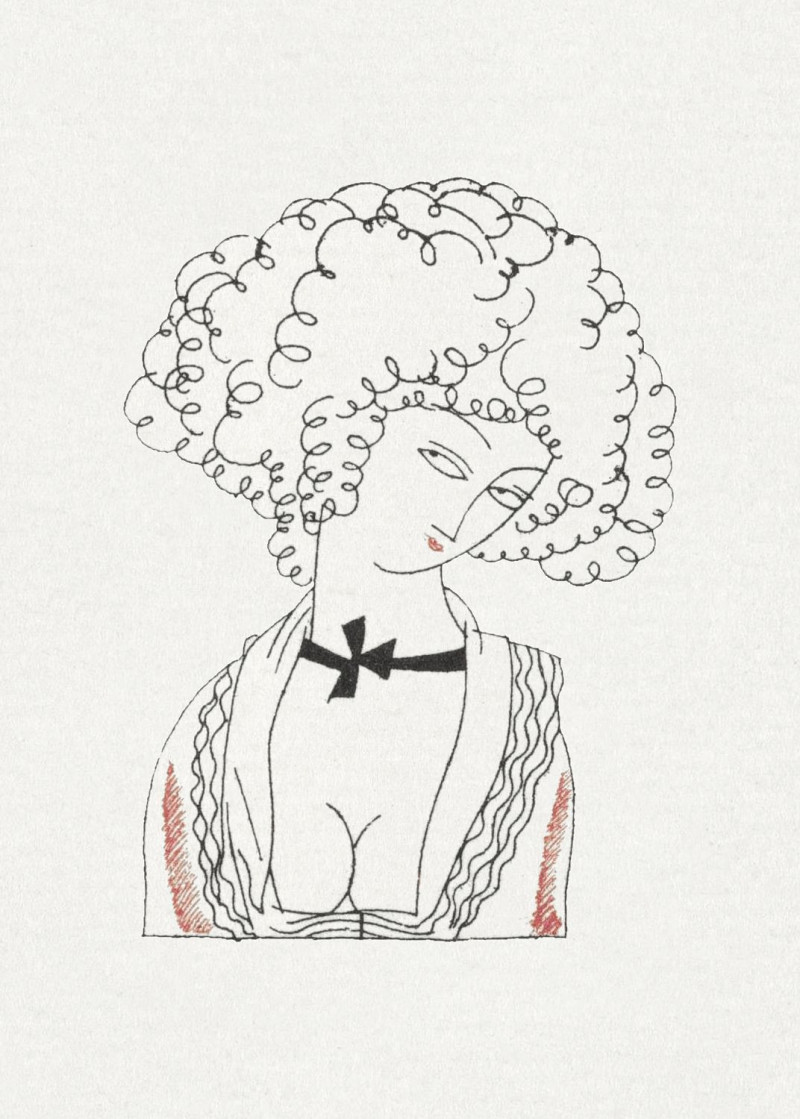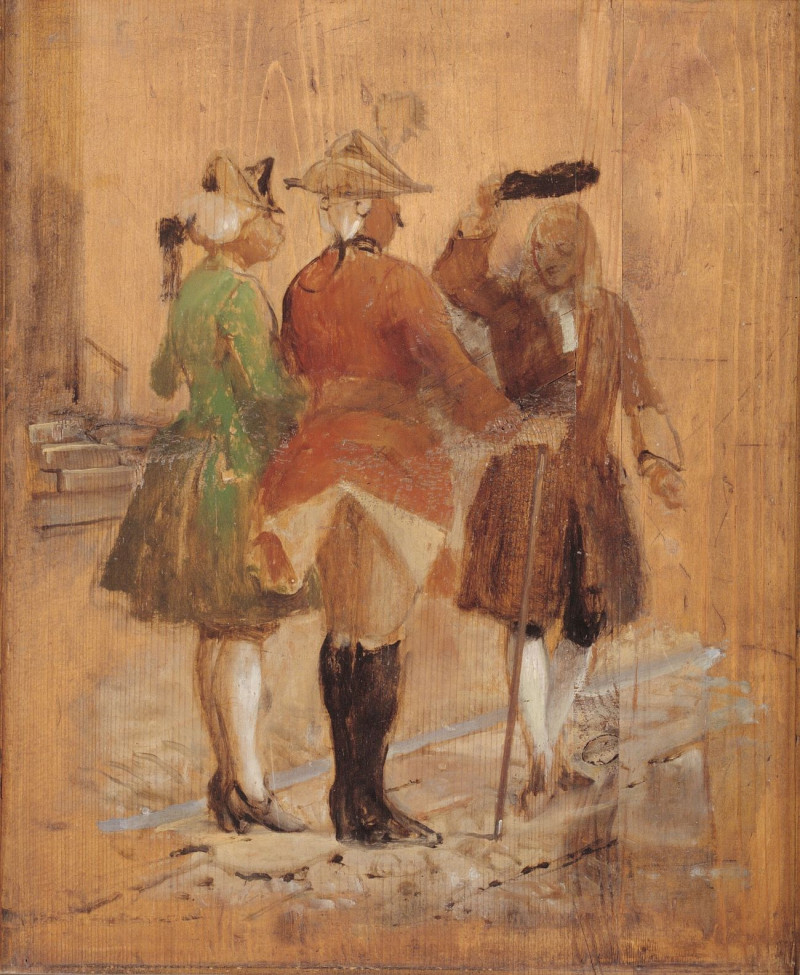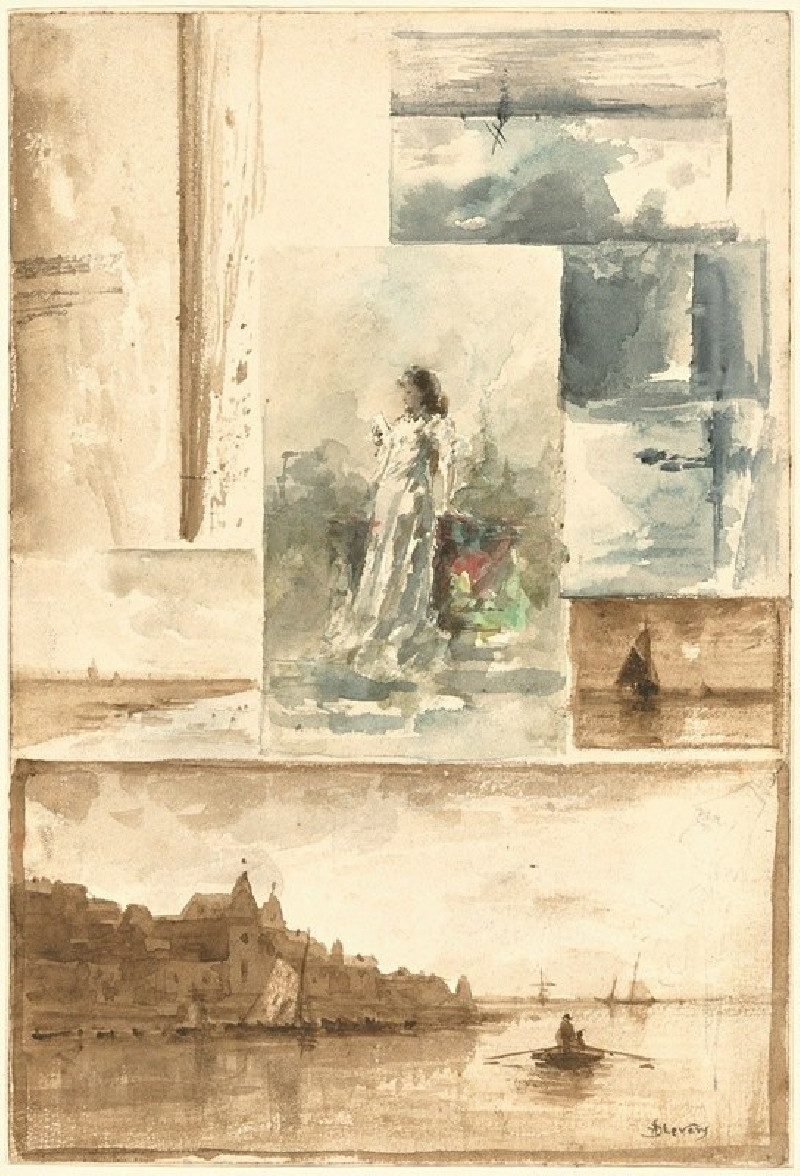St Martin and the beggar
Technique: Giclée quality print
Recommended by our customers
More about this artwork
Johannes Josephus Aarts, the talented Dutch artist known for his intricate attention to detail and emotional depth, brings to life the compelling tale of Saint Martin in his masterpiece "St Martin and the Beggar." This evocative charcoal sketch delicately captures a moment of profound humanity that has inspired viewers for generations.The scene is set with Saint Martin, depicted on horseback, in a moment of charitable act as he encounters a beggar. Aarts masterfully uses the charcoal medium to convey the textures and shadows of the scene, creating a dynamic interplay of light and darkness. Saint Martin, in his flowing robes, is portrayed leaning towards the beggar, half his cloak in hand, ready to share it. The beggar, depicted at the foot of the horse, emanates an aura of despair and humility, his form bent and exposed to the elements.Aarts' portrayal is not just a narrative piece but a reflection on compassion, charity, and the shared human experience. The backdrop of sparse trees and the hint of a distant landscape further accentuates the focal point of the interaction between the noble figure of Martin and the downtrodden beggar.This artwork is not only a visual journey but also an invitation to reflect on the deeper values of generosity and kindness. "St Martin and the Beggar" encourages us to look beyond ourselves and reach out to those in need, making it a timeless piece that resonates with universal truths across all cultures and ages.
Delivery
Returns
Johannes Josephus Aarts was a Dutch painter, illustrator, lithographer, engraver, etcher, writer, academic teacher and director, lecturer, sculptor and book-cover designer.
Jan Aarts received training in the Royal Academy of Art, The Hague. He was active there until 1911, and in Amsterdam from 1911 to 1934. Initially, until around 1900, Aarts worked above all on engravings. Thereafter he began to also use other graphic methods. In his work, one found depictions of farmworkers, dyke workers and later also tramps, beggars and invalids. Between 1920 and 1930 he produced mostly visionary work with apocalyptic scenes.




